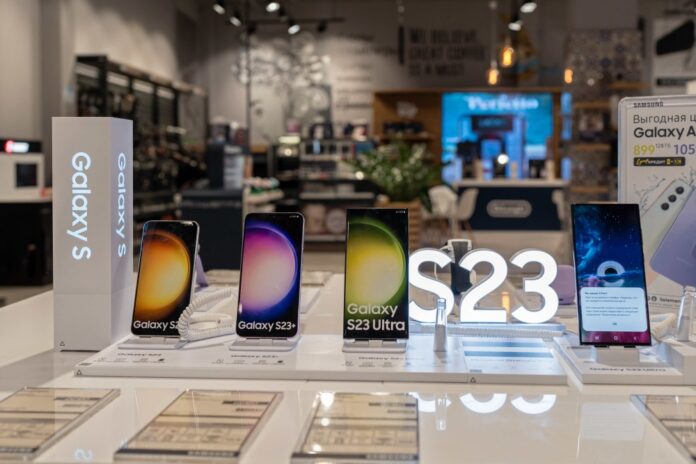Telefónica, Ericsson and MATSUKO carried out the trial with a standards-based smartphone dialler, backed by European Union funding
Telefónica, Ericsson and MATSUKO have run a proof of concept (P0C) that supports halographic calls to be viewed on the dialler of a smartphone. Crucially, the phone supported standards-based IP Multimedia Subsystem (IMS) data channel (DC). This is a new standard that enhances ordinary IMS voice networks
The companies say the PoC showcases the potential of IMS DC to “revolutionize” future 5G and 6G voice services with innovative applications, including holograms in communications.
Telefonica states that it has been at the forefront of IMS DC innovation since 2021, running a number of PoCs with various partners. The goal is to demonstrate the feasibility and potential of integrating this technology into commercial services, particularly on 5G smartphones.
The recent PoC focuses on developing and testing holographic communication services as part of the 6G-XR European project. It used devices from the Samsung Galaxy S series, which captures a caller’s face and torso which is transmitted to the receiver as a real-time hologram to the receiver.
Telefonica coordinates the PoC activities and is ultimately responsible for providing the service. Ericsson provides the IMS infrastructure and services, and MATSUKO the holographic technology and applications for the viewer and presenter.
The PoC demonstrated the transmission of a one-way hologram (from presenter to viewer) with two-way audio between them. The holographic service was seamlessly integrated into native smartphone diallers so no additional applications were needed. MATSUKO’s holographic service processed and reconstructed the hologram data in the cloud for high-quality performance.
Challenges
The PoC faced a number of challenges. 3GPP’s specifications lack standards for IMS DC interfaces with third-party servers, which complicates broader implementation.
The trial also identified limitations regarding bandwidth and payload for higher resolution holograms, so better data segmentation and reassembly are needed to improve performance. Achieving perfect synchronisation between audio and holographic video also remains a technical challenge.
Next steps
The companies are committed to enhancing users’ experience and boosting the quality of holographic services. They plan to improve the user interface with features that integrate a red, green and blue (RGB) background, 3D controls and better manipulation of the hologram.



